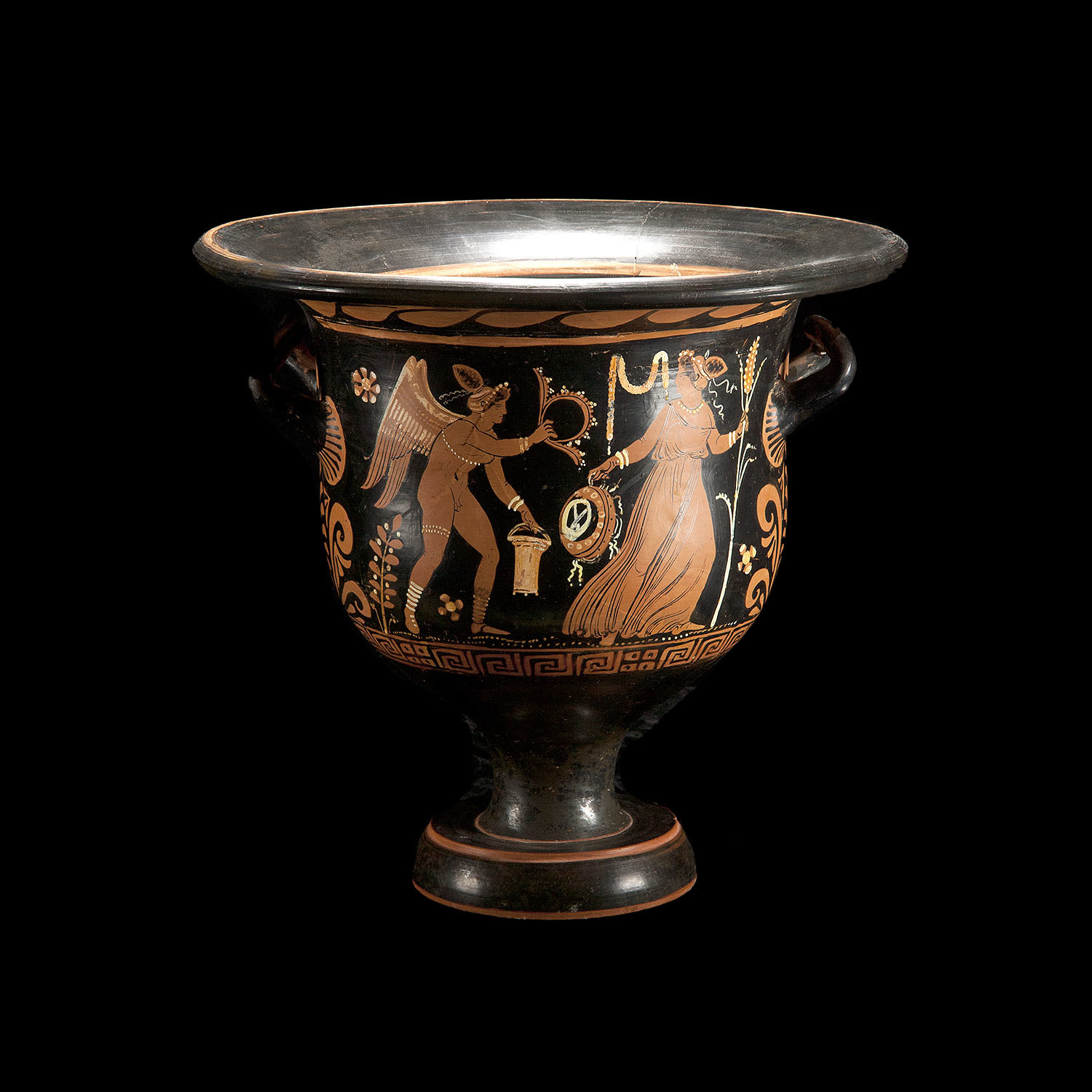Beetow
Member
- Dec 14, 2024
- 1,068
- 92
.
Cubit
● Gen 6:15b . . the length of the ark shall be three hundred cubits, its width fifty
cubits, and its height thirty cubits.
There was a cubit among the Babylonians, and one in Egypt too. But there seems
to have existed double standards in both countries. Because of that, there exists no
undisputed example of the cubit that remains to the present time; so the length of
the cubit has been variously estimated.
One of the ancient cubits was the length of a man's forearm, from the elbow to the
tip of the middle finger, as is implied from the derivation of the word in Hebrew and
from the Latin cubitum. It seems to be referred to also in Deut 3:11 as "after the
cubit of a man." But that's too vague, and unsuitable for a scientific standard
because not all men's arms are exactly alike.
The Babylonians employed two different cubits: the so-called royal cubit and the
common cubit. From the remains of buildings in Assyria and Babylonia, the royal
cubit is made out to be about 20.6 inches. A cubit of similar length was used in
Egypt. This was probably the cubit mentioned by Ezek 40:5 and possibly that of
Solomon's temple as "cubits after the first measure" (2 Chr 3:3)
The commercial cubit was shorter, and has been variously estimated at between 16
and 18 inches or more, but the evidence of the Siloam inscription and of the tombs
in Palestine seems to indicate 17.6 inches as the average length. This was the cubit
of six palms, while the longer one was of seven (Ezek 40:5). The cubit mentioned in
Judges 3:16 is from the Hebrew word gomedh and was probably shorter.
The cubit of Noah's day remains a total mystery. We thus far haven't discovered a
way to determine its exact length. Maybe Noah and his boys passed on their
antediluvian knowledge of weights and measures to the post-flood world and it
stayed pretty close to the original standards over the years; but it's impossible to
know for sure.
_
Cubit
● Gen 6:15b . . the length of the ark shall be three hundred cubits, its width fifty
cubits, and its height thirty cubits.
There was a cubit among the Babylonians, and one in Egypt too. But there seems
to have existed double standards in both countries. Because of that, there exists no
undisputed example of the cubit that remains to the present time; so the length of
the cubit has been variously estimated.
One of the ancient cubits was the length of a man's forearm, from the elbow to the
tip of the middle finger, as is implied from the derivation of the word in Hebrew and
from the Latin cubitum. It seems to be referred to also in Deut 3:11 as "after the
cubit of a man." But that's too vague, and unsuitable for a scientific standard
because not all men's arms are exactly alike.
The Babylonians employed two different cubits: the so-called royal cubit and the
common cubit. From the remains of buildings in Assyria and Babylonia, the royal
cubit is made out to be about 20.6 inches. A cubit of similar length was used in
Egypt. This was probably the cubit mentioned by Ezek 40:5 and possibly that of
Solomon's temple as "cubits after the first measure" (2 Chr 3:3)
The commercial cubit was shorter, and has been variously estimated at between 16
and 18 inches or more, but the evidence of the Siloam inscription and of the tombs
in Palestine seems to indicate 17.6 inches as the average length. This was the cubit
of six palms, while the longer one was of seven (Ezek 40:5). The cubit mentioned in
Judges 3:16 is from the Hebrew word gomedh and was probably shorter.
The cubit of Noah's day remains a total mystery. We thus far haven't discovered a
way to determine its exact length. Maybe Noah and his boys passed on their
antediluvian knowledge of weights and measures to the post-flood world and it
stayed pretty close to the original standards over the years; but it's impossible to
know for sure.
_




